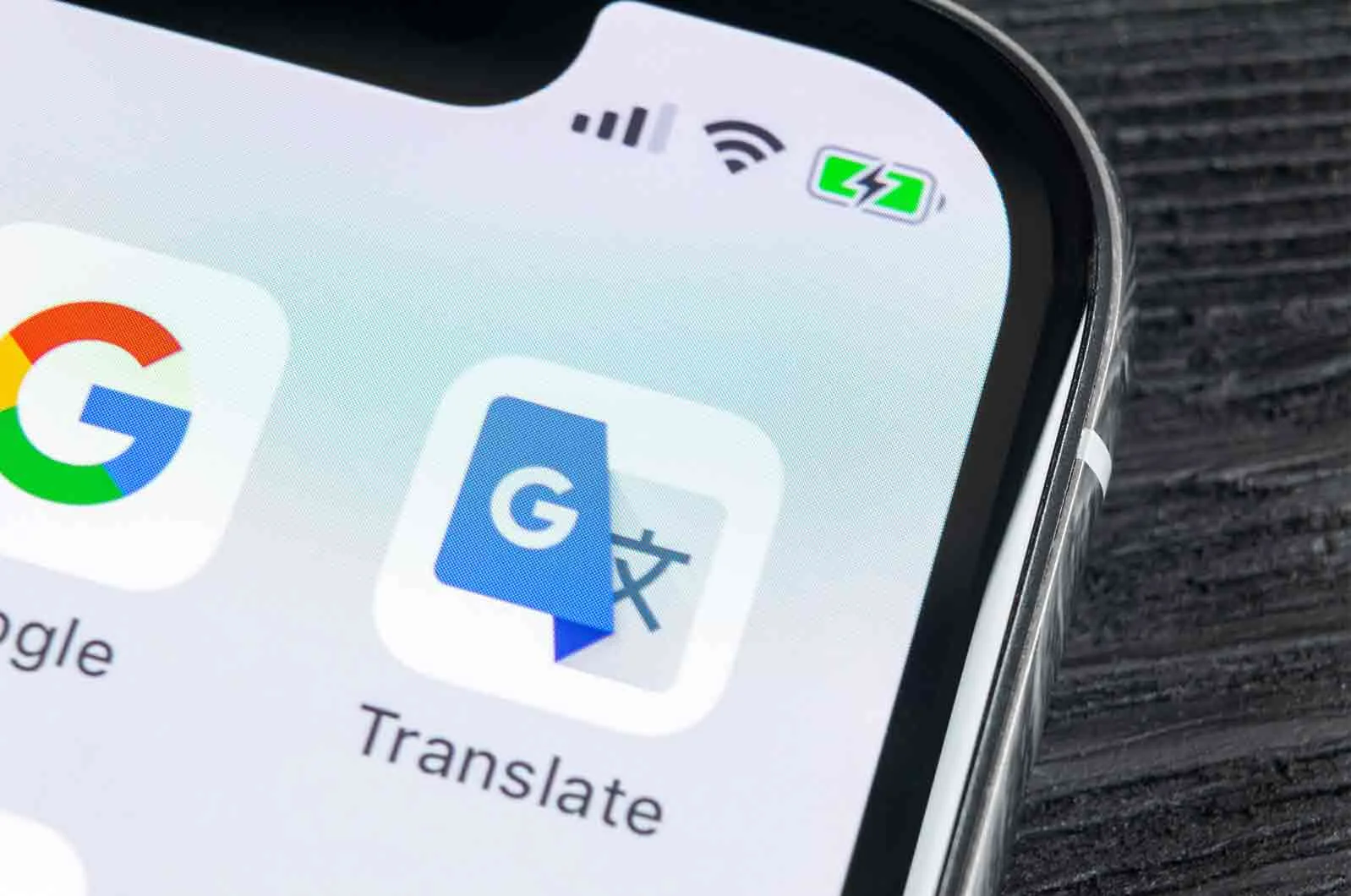
Read More
Google Translate is perhaps the most well-known translation tool on the planet. However, its popularity isn’t a yardstick for its accuracy. Google Translate is famous for its less-than-stellar grammar and inaccurate translations. The machine translation Google provides often contains several mistakes, and Google cannot translate nuance for things such as business documents.
If you are considering using Google Translate for your business, think again. Here are six reasons to steer clear of this or any other machine translation. You will also discover why getting a professional translation agency for all your language service needs is a much better solution.
1. Unprofessional Quality
Minor grammatical errors frequently occur when using machine translation tools such as Google Translate. The more complex your source document, the more likely your Google translation will contain mistakes. While this might not matter in a casual setting, small mistakes can make businesses look extremely unprofessional.
2. Non-Confidential Translations
When using Google Translate, all information can be stored on their system. For example, credit card information could get logged if you translate a financial page using Google’s translation tool. You might believe a simple way around this is to take out any sensitive information before getting a machine translation. However, your business can still be held liable for breaching privacy regulations.
Rather than relying on Google, using professional translation companies is the best for professional documents. They come with their own privacy rules, meaning they are a lot more cautious. They also don’t sell or share your data without running afoul of the law and have stringent confidentiality agreements in place.
3. Proofreading is Required
Machine translation can be quite error-prone. Simple things such as mistakes in grammar or syntax are particularly prevalent when using Google Translate. All content translated by an AI translation tool must be proofread to ensure that the translated documents are up to business standards.
Unfortunately, the proofreading process can take a lot of time and resources that could be spent doing something else. If you don’t speak the language, you’ll need to pay someone to proofread your Google translation on your behalf. It is more cost and time-effective for businesses to pay for a professional translation upfront rather than spend on proofreading further down the line.
4. Dialects Aren’t Considered
Google Translate utilises a machine translation system, and this system provides overly generic and bland samples. The translation tool cannot comprehend the subtle nuances we find in everyday language. This is especially true when you consider dialects, accents or regional differences.
Let’s take Mexico, for instance. It has over 65 languages spoken every day, with about 350 dialects. However, Google Translate can only recognise a couple of them. South Korea is another example; the people in Busan certainly do not speak like those in Seoul. If you open a business in the former city, using a Google translation from the latter would prove counterintuitive.
5. Unqualified Contributors
Google Translate was first launched to offer a machine translation to Arabic. It has since been expanded into a translation tool capable of rendering text into nearly every language. The positive side of this is that there have been various contributions from native speakers worldwide. However, it is hard to verify the accuracy of said contributions.
When you take out vulgar or fake vocabulary, there’s only so much a regular person can translate. For instance, just because you speak French fluently doesn’t mean you can translate legal documents accurately. Your Google translation is based entirely on the text adaptations supplied by these various contributors, impairing their quality.
6. Literal Translations Only
The way Google Translate works is to translate every sentence word for word. This initially might seem like an effective way to translate. However, machine translation falls apart when it encounters colloquial expressions. Translation tools are also bad at rendering everyday slang phrases and words with multiple meanings.
As you can imagine, such verbatim translation can make nonsense of official documents. This can result in financial or legal consequences if your translations make it into the world. Businesses will want to avoid this by swapping their Google translation for a professional and reliable translation service. Human translators can consider context and cultural nuances, so your message is retained.
Professional Translation Services You Can Trust!
When you need quality translation, Google Translate is not your friend. Their machine translation tool is helpful for straightforward translations of specific words or phrases. However, companies using a Google translation for business documents look unprofessional and can even face legal trouble.
In a professional setting, you should always reach out to a reliable translation agency such as Renaissance Translations. With us, you can receive a high-quality human translation, a privacy guarantee, and 100% accurate grammar. You also get content proofreading to ensure your document meets your business’s exceedingly high standards.
Our company is an associate member of the Association of Translation Companies in England as well as SDL LSP Partner Programme. Contact our sales team to discover more about our professional translation services. You can alternatively request a quote for your translation project. Don’t use Google Translate; let our qualified professionals take care of your business documents instead.





